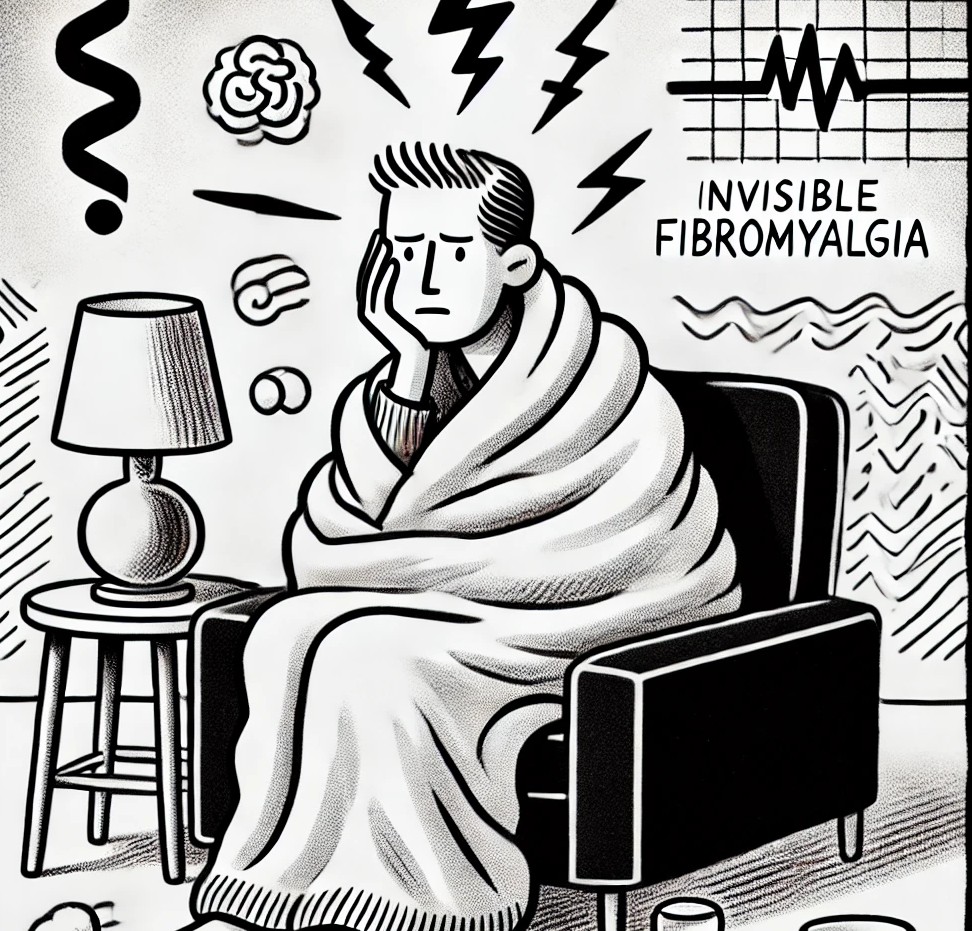One of the first things you learn about Fibromyalgia is that there is no cure for it. It’s a lifelong battle against aches and pains, but it’s not without its treatments. The symptoms can be managed – it’s just a matter of how.
And that in and of itself is tricky, because what most don’t realize is that it’s not a steady, predictable level of discomfort. Instead, those who suffer from Fibromyalgia find themselves having to track that pain similarly to how one keeps track of the flaky weather.
“It really depends on the day. On the rare days that I’m fine, it’s almost like I don’t have it at all! On my worst days, I can barely move. My whole body aches in ways that I feel like a prisoner in my own skin. And what’s even worse is that [the pain] can be anywhere in between these two extremes so I can never really get used to it.” – Gracie
Fibromyalgia is a long-term condition that causes widespread pain, fatigue, and tenderness in the muscles and soft tissues. It can be difficult to diagnose because its symptoms are similar to many other conditions, but understanding it can help those affected find ways to manage it effectively.
The exact cause of fibromyalgia isn’t fully understood, but experts believe it may be linked to how the brain processes pain signals. Some possible triggers include physical trauma or injury, emotional stress or anxiety, infections or illnesses, and/or genetic factors.
Fibromyalgia can affect people differently, but the most common symptoms include constant muscle pain and stiffness, fatigue and trouble sleeping, memory and concentration problems (often called “fibro fog”), headaches, and sensitivity to touch, light, and sound. There is no single test for fibromyalgia. Doctors usually diagnose it by checking for widespread pain lasting at least three months and ruling out other conditions that may cause similar symptoms.
While there is no cure for fibromyalgia, several approaches can help reduce symptoms and improve quality of life. Medications such as pain relievers, antidepressants, and sleep aids may help. Low-impact activities like walking, yoga, or swimming can ease stiffness and improve energy levels. Relaxation techniques such as meditation and deep breathing can reduce stress, which may worsen symptoms. Eating a healthy, balanced diet can support overall well-being and reduce inflammation.
However, at home, self-relief might not be enough. Here at Best Medical Acupuncture Clinic, Dr. Yeung specializes in treating fibromyalgia patients. She understands the complexity of this invisible illness and she has treated many fibromyalgia patients. With personalized treatments and therapies, she was able to help patients manage their fibromyalgia symptoms including but not limited to decreasing the intensity of fibro headaches, regaining their energy, moving their body in a smoother state, improving sleep, balancing the hormones, and much more.
“These therapies have been life-changing. I can go to the movies in peace without climbing over rows of chairs every 10 minutes. I can eat out with friends without rain-checking them at the last minute. I am so thankful.” said Emily.
Fibromyalgia is a challenging condition, but with the right strategies, people can still lead active and fulfilling lives. Finding the right support system, working with professional healthcare providers who specialize in fibromyalgia, and making lifestyle adjustments can make a big difference. If you or someone you love is struggling with fibromyalgia, don’t hesitate to seek medical advice and explore different treatment options to find what works best for you.
Make an appointment to see if Best Medical Acupuncture Clinic is right for you.

